In the world of product management, a well-defined product strategy is your North Star. It’s the guiding force that shapes what you build and why you build it. In this article, we’ll delve into the essence of a winning product strategy, breaking it down into its key components and offering valuable insights for crafting a roadmap to success.
What is Product Strategy?
Product strategy is the art of aligning your product development efforts with your overall business goals. It provides a clear, long-term vision for your product, guiding decisions and actions across the organization. Your product strategy should answer essential questions like who your target audience is, what problems your product will solve, and how it will differentiate itself in the market.
The Components of a Strong Product Strategy
Vision and Mission
A strong product strategy begins with a compelling vision and mission. Your vision is the ultimate goal you’re aiming for, and your mission is the path you’ll take to get there. This is the cornerstone of your strategy.
Market Research and Analysis
Understanding your market is crucial. Utilize market research to identify trends, competition, and unmet needs. Data-driven decisions lead to more informed strategies.
Target Audience
Define your target audience clearly. Know their demographics, psychographics, and pain points. This ensures that you’re building a product that resonates with users.
Competitive Analysis
Analyze your competition to uncover gaps and opportunities. What can your product offer that sets it apart? Competitive analysis helps you define your unique selling points.
Crafting Your Product Roadmap
With these components in place, it’s time to build your product roadmap. This is a visual representation of how you plan to achieve your product strategy. It outlines the major milestones and key initiatives for your product’s development over a specific time frame.
Here are some essential considerations when creating your roadmap:
- Prioritization: Rank features and projects based on their impact and alignment with your strategy.
- Timelines: Define timeframes for each milestone or release.
- Dependencies: Identify interdependencies between tasks or features.
- Communication: Share your roadmap with key stakeholders and teams.
Conclusion: The Power of a Well-Defined Product Strategy
A strong product strategy serves as the foundation for successful product development. It aligns your team, clarifies your direction, and keeps your efforts focused on what truly matters. By crafting a comprehensive strategy and a clear roadmap, you’re setting your product up for a journey of innovation and growth.
In summary, your product strategy is the compass that ensures your efforts remain on the right track, guiding you toward your ultimate vision. With a robust strategy in place, you’re equipped to tackle challenges, make informed decisions, and achieve your product’s full potential.








